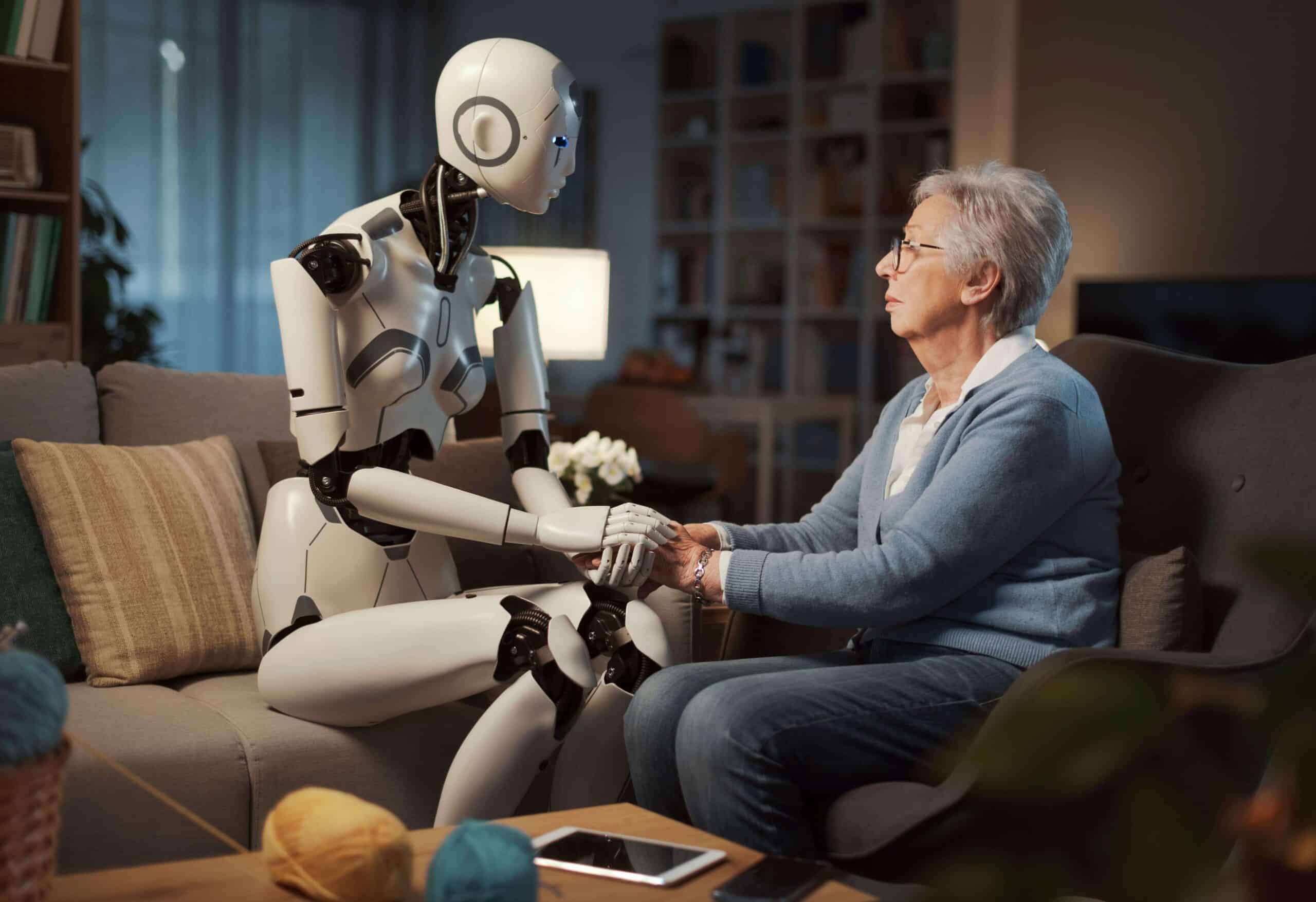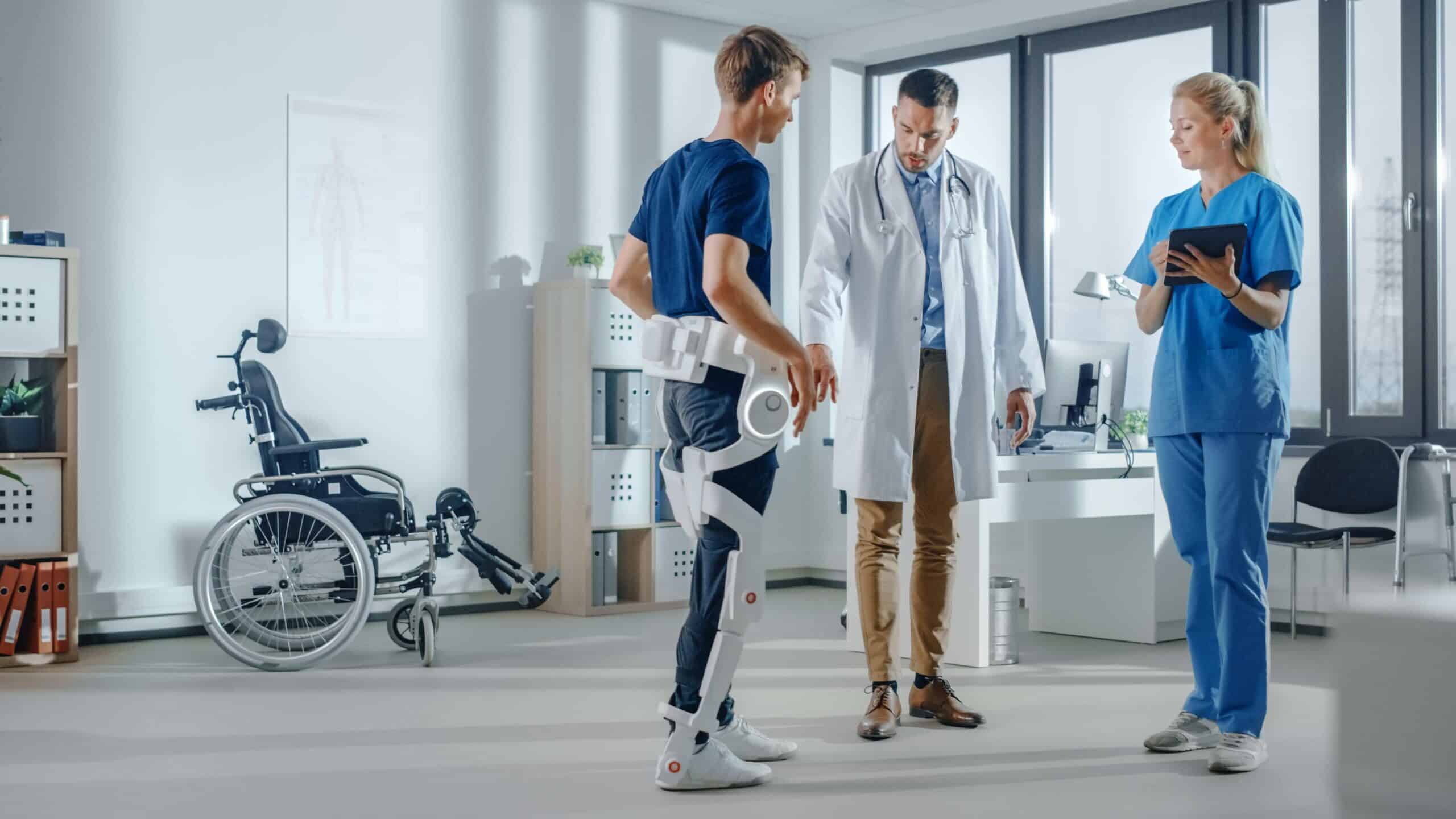- Growing human muscle on robots: a new approach to transplants?
- Slugbot monitors the oceans without harming marine life
- Joining the war on cancer with revolutionary nanoscale biobots
Advances in robotics are allowing us to do some pretty amazing things. From robots that can handle squishy items like fresh fruit, and pneumatic snakes that can slither under boxes, to surgical robots like the Smart Tissue Autonomous Robot (STAR); innovative designs are taking robots to places that are hard to imagine. In fact, we’ve written about other amazing new robots that can literally go to unexpected places. But as incredible as these robots are, there are some basic issues with even the best inorganic designs.
As Alexandru Micu reports for ZME Science, fine movement and gentle control are really, really hard to master for plastic, steel, and servos. Though robots are awesomely strong and unbelievably precise, he explains that “they have difficulty coordinating subtler actions, such as cracking an egg cleanly into a bowl, or caressing. Unlike animal movements, which start gently on a micro scale and lead up to large-scale motion, robots’ initial movements are jerky.” That may not sound like much of an issue – we can crack our own eggs – but when you want robots to interact with living things, a gentle caress is a lot better than a hard squeeze. And providing the power to actuate a servo isn’t easy on a small scale. In short, for some of the things we want to explore, reimagining a mash-up of biology and robotics is a powerful new approach that opens new frontiers in science and medicine.
Growing human muscle on robots: a new approach to transplants?
Unfortunately, severe injuries sometimes destroy critical muscles, limiting function and compromising movement. Right now, the solution is to surgically move a muscle that isn’t as important, removing it and re-implanting it elsewhere to restore function. As the Washington University in St. Louis School of Medicine summarises, “Free functional muscle transplant involves taking an ‘extra’ muscle and transplanting it somewhere else in the body to restore movement. For example, the gracilis muscle from the inside of the thigh — which is responsible for some movement in the leg — may be transplanted to replace the biceps in the arm.”
But your body doesn’t really have ‘extra’ muscles, and it’s clear that this is a less than ideal solution. Professors Pierre-Alexis Mouthuy and Andrew Carr, biomedical researchers from the University of Oxford, think they’ve found a way around this lose-to-gain procedure. While traditional tissue engineering, a process through which muscle fibres can be grown, can make replacements, they aren’t as functional as your own transplanted tissues. The reason is simple: your muscles developed under particular stresses driven by where they are on your body and the work they do.
But as Annalee Newitz reports for Ars Technica, Mouthuy and Carr want to build robotic simulations of the human skeletal system, with “structures, dimensions, and mechanics similar to those of the human body”. They then plan to grow muscle tissue on this robotic frame, exposing it to the twists and turns, pushes and pulls, of human movement. The result would be strong, capable muscle tissue that’s ready to help patients restore function – and that could mean an end to free functional muscle transplants.

Slugbot monitors the oceans without harming marine life
In some cases, we design bots that are better for nature, too. Dr Victoria Webster-Wood, who leads a team of researchers at Case Western Reserve University, has developed a tiny robot that mixes biological material taken from sea-slugs with 3D-printed soft materials. She was searching for a tiny robot that could help her monitor the health of coral reefs without damaging them as it works. As she explains, “We want to be able to create robots that are safe to function around living organisms, so they need to be naturally compliant, like animals … If a robot made of plastics and metals monitoring coral reefs broke down, you’d have pollution in a sensitive environment.”
Her team settled on sea-slugs as the biological component because they’re both tough and well understood. “The great thing about tissue from sea slug is we have muscles that can be used as actuators and they have a fairly well understood neural system,” Webster-Wood insists. By manipulating the slug’s ‘mouth’ cells, they send signals to the ganglia that tell the tissues to contract, inching the slugbot forward.
They’re still working on improving their design, but the team at Case Western Reserve is excited about the future of their research. Beyond coral monitoring, for instance, they see other aquatic roles for their slugbot. Webster-Wood thinks that they “could send a swarm of these into a body of water, like Lake Erie, to monitor for toxic algae blooms or a [leaking] pipeline … And they could be outfitted with transmitters or illuminated with green fluorescent protein to make them bioluminescent, like jelly fish, so they can be monitored via helicopter of [sic] plane to find the bloom or the leak.”
Joining the war on cancer with revolutionary nanoscale biobots
But so far, medicine seems to be the go-to field for biobot trials. Researchers have been exploring nanotech in medicine for some time now, and there have been some pretty exciting discoveries. Consider the use of nanoparticles in the fight against cancer. But as we mention above, these tiny robots lack the fine movement and efficiency of biology. And that’s why scientists are looking to biological-robotic hybrids. As Leonardo Ricotti, of the BioRobotics Institute at the Sant’Anna School of Advanced Studies, explained to Live Science, “we exploit the functions of living cells in artificial robots to optimise their performances”.
And as Ricotti notes, movement isn’t the only problem: for many tiny robots, their power supply can be bigger than they are. But recent developments are pushing the limits of what’s possible. Consider the work of Dr Qi Zhou, a researcher at the Chinese University of Hong Kong, for example. With his help, the research team led by Professor Li Zhang has developed tiny biobots about the size of a red blood cell. The team coats Spirulina platensis algae with special magnetic particles that allow them to direct a swarm of as many as a million of the tiny bots to parts of the body that are hard to reach.
In initial experiments, they tested the new devices in rats, assessing their ability to kill cancer cells. The algae were laced with deadly compounds that were released as the bots decomposed, and Zhang’s team was able to monitor the location of the biobots and direct them to the tumour. “The robots were also easily trackable with two types of imaging: fluorescence, for tracing Spirulina’s strong glow, and magnetic resonance, for visualising the robots deep inside of organs – such as the rats’ stomachs – where fluorescence dies off,” Zhang clarified.
This technique is revolutionary because, as Dr Zhang says, “Most biomedical microrobots currently in development for use in the human body are not yet equipped with features that would allow controlled navigation and access to hard-to-reach tissues or other cavities in a minimally invasive manner.”
As these developments continue, we expect a new breed of biological robots, extending the reach of technology to new frontiers.







